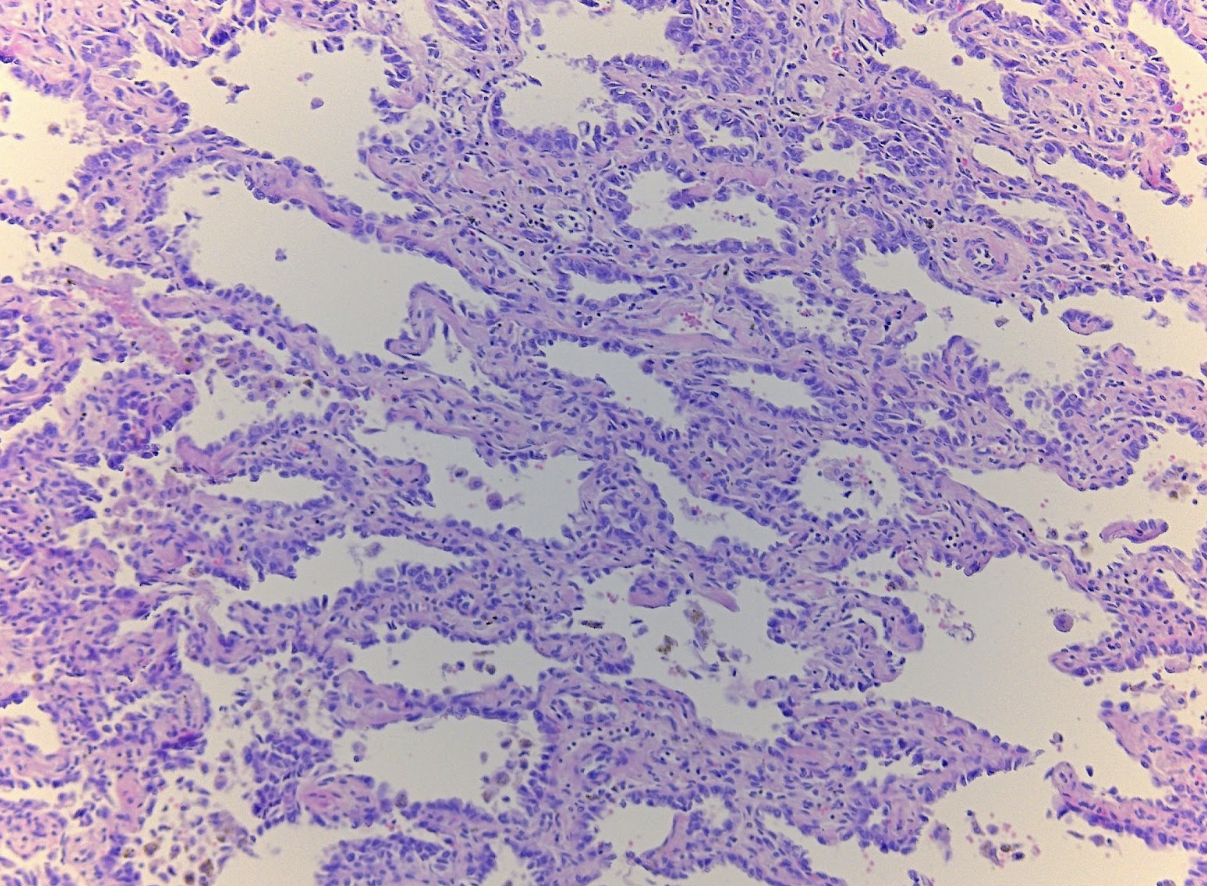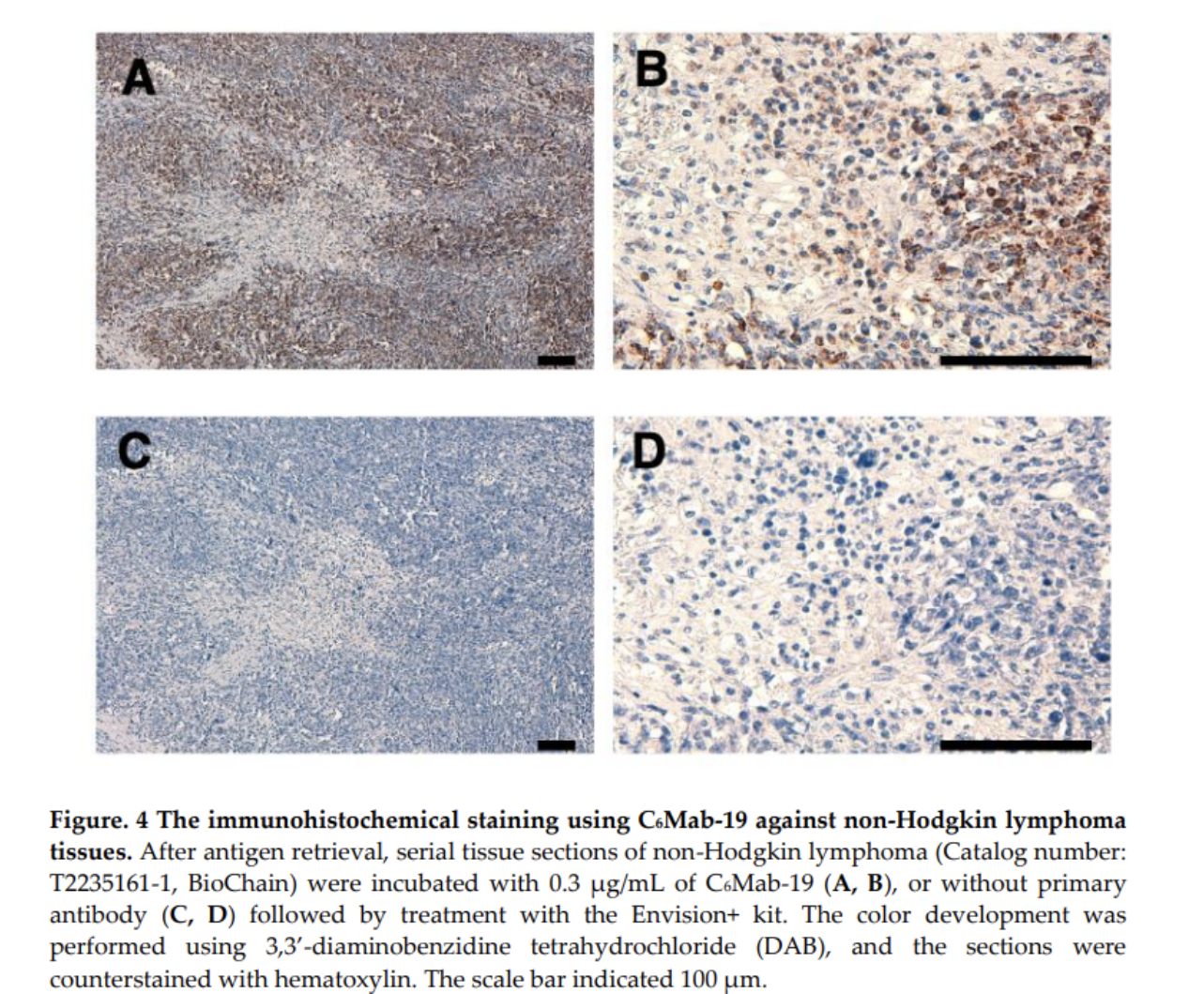
BioChain offers an extensive and unique collection of consented, IRB-approved FFPE tissue samples. These are available in the forms of blocks, slides, and arrays from normal, diseased, and tumor tissue types. Our tissues are suitable for IHC studies and more.
What Is Immunohistochemistry and Why Is It Important in Cancer Research?
Immunohistochemistry (IHC) is a widely used technique in cancer diagnosis, allowing the identification of specific proteins and antigens in tissue samples. It involves using specific antibodies that recognize and bind to target proteins on the surface of cancer cells, which are then visualized under a microscope using various detection methods.
It is an essential tool in oncology, helping pathologists determine the histological subtype of tumors to select the most appropriate treatment for patients. For example, in breast cancer, targeted immunopanel can aid in the classification of carcinoma as of breast origin and in the identification of metastases to the breast (Cimino-Mathews; 2021). It has a wide range of applications:
- Tumor Classification: Identifying specific biomarkers that are characteristic of different types of cancer. For example, Mammaglobin and GCDFP are commonly used as immunohistochemistry markers of mammary origin (Cimino-Mathews; 2021).
- Prognosis: The expression of certain proteins can be used to predict the aggressiveness of a tumor and the likelihood of recurrence. For example, the expression of Ki-67, a marker of cellular proliferation, is used to predict the outcome of breast cancer (Davey et al., 2021).
- Predictive Biomarkers: The expression of certain proteins can help predict response to specific therapies. For example, HER2 overexpression is predictive of the response to trastuzumab, a monoclonal antibody, in breast cancer (Zhao et al., 2020).
- Diagnostic Markers: Immunohistochemistry can be used to identify the presence of specific viruses, such as human papillomavirus (HPV) in cervical cancer (Chan et al., 2019), or the presence of certain mutations, such as BRAF V600E in melanoma (Scolyer et al., 2022).
What Are FFPE Tissues?
Formalin-fixed, paraffin-embedded (FFPE) tissues are essential in IHC studies and cancer research. They are created by preserving tissue samples in formalin, which cross-links and stabilizes the proteins, DNA, and RNA in the tissue. The tissue is then embedded in paraffin wax, which provides structural support, protects the tissue from damage, and allows for the long-term storage and preservation of tissue samples.
BioChain FFPE Tissues Case Study
In a recent study, Tanaka et al. (2023) used BioChain’s FFPE lymph node tissues from a patient with non-Hodgkin lymphoma for IHC staining with their novel monoclonal antibody (C6Mab-19) targeting CC chemokine receptor 6 (CCR6). CCR6 has important functions in many pathological conditions, such as cancer, intestinal bowel disease, psoriasis, and autoimmune diseases. With the help of FFPE tissues, they validated the use of C6Mab-19 for detecting hCCR6-expressing cells and tissues for pathological analysis and diagnosis.
The expanding repertoire of novel immunohistochemistry provides additional diagnostic tools and biomarkers that improve diagnostic cancer pathology and patient care (Cimino-Mathews; 2021).

References
- Cimino-Mathews, A. (2021). Novel uses of immunohistochemistry in breast pathology: interpretation and pitfalls. Modern Pathology, 34, 62-77.
- Davey, M. G., Hynes, S. O., Kerin, M. J., Miller, N., & Lowery, A. J. (2021). Ki-67 as a prognostic biomarker in invasive breast cancer. Cancers, 13(17), 4455.
- Chan, C. K., Aimagambetova, G., Ukybassova, T., Kongrtay, K., & Azizan, A. (2019). Human papillomavirus infection and cervical cancer: epidemiology, screening, and vaccination—review of current perspectives. Journal of oncology, 2019.
- Zhao, J., Krishnamurti, U., Zhang, C., Meisel, J., Wei, Z., Suo, A., ... & Li, X. (2020). HER2 immunohistochemistry staining positivity is strongly predictive of tumor response to neoadjuvant chemotherapy in HER2 positive breast cancer. Pathology-Research and Practice, 216(11), 153155.
Author
BioChain Team

